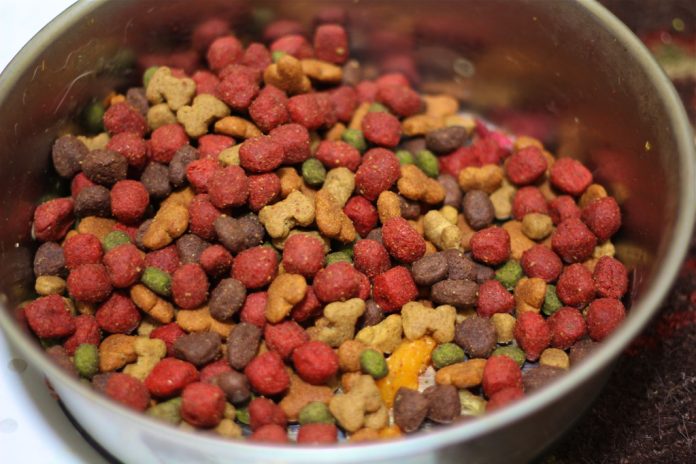Having furry tail friends in your life can make it much more exciting and overflooded with limitless affection. Dogs’ entire lives revolve around you – their master, their friend. The loyalty is unwavering, and their happiness on your arrival home every day is almost palpable.
Of course, over time, these four-legged friends become your little ones.
As their family, you owe a responsibility to take care of them and feed them good food to help maintain their health.
So, if you are thinking about switching your petfood but don’t know what factors to consider, here’s a list!
- Stage of life
First, you need to understand the specific stage of life that your dog is in. is it a growing puppy or a full-fledged dog?
This question will help you determine your pet’s dietary requirements.
Your dog friend will demand a lot more food in the prime of their life, but their nutritional requirements will shift as they get older.
So, how big is your dog? That’s the question!
The more active your dog is, the more food it will require to keep up with its agility and activities. It won’t need much nutrition if it’s an old-aged pug sprawled on your couch for most hours of the day.
On the other hand, if you have an active household wherein you take your Labrador on walks and frisbee catches, they would need something high in nutrients.
- Lifestyle
You don’t need your dog to get plump and lazy, but you cannot let them scavenge for scraps!
- Dietary needs
It’s best to apprise yourself of your pet’s special food requirements. Does your doggo have any dire conditions like allergies or diabetes? If so, their diet will look a lot different than otherwise.
Food allergies in dogs can lead to symptoms like:
- Vomiting
- Hives
- Flaky skin
- Diarrhoea
- Hair loss
- Chronic foot and ear infections
- Eye discharge or red eyes
If you notice any warning signs, it’s time to pay attention to what your dog is consuming and switch its ingredients.
- Foods to avoid
Most petfood is processed and prepared beforehand. You cannot specifically choose any ingredient that you know is beneficial.
As surprising as it may be, commercial dog food is full of lousy quality fillers and food ingredients that you must avoid.
These may be:
- Corn: It has high calories but falls low on biological values. So, it’s not harmful, but it’s also not good.
- Wheat: Wheat allergies in dogs are not uncommon. If so, then you must avoid it altogether. Commercial petfood has around 70-80% grains, although it should ideally only make up for 1/4th of their overall diet.
- Sweeteners and sugars: It’s tempting to offer your little buddy sugary treats every once in a while, but you must know how unhealthy it is. They can cause tooth decay, weight gain, liver issues and diabetes. So, ensure that the petfood recipe is made of less than 2% sugar.
- Your dog’s preferences
Now, sure, you want to look out for the health of your puppy; get them all the necessary nutrients as required. That said, high-quality, healthy food is not all. You need to pick dog food that your friend has an affinity towards.
Try out different kinds of dog food to figure out which one makes your dog’s tastebuds happiest!
Parting words
Commercial dog food has indeed come a long way. The suppliers have become conscious of what they are manufacturing, and owners and pet friends like you have become more vigilant too.
So, consider the five factors mentioned above before choosing dog food, and you are sure to make the right choice!



















